
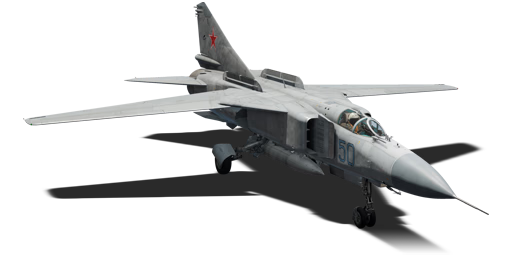

The first generation MiG-23M (and its export variant, the MF) had a lot of shortcomings as was expected from a completely new and unique aircraft design. Over time, the most severe issues were addressed, and a complete rework of the MiG-23 airframe was conducted in the early 1970s. The airframe was completely redesigned in a way that trimmed down the drag and weight, by removing the No.4 fuel tank in the fuselage, cropping the dorsal fin extension, and redesigning the landing gear and wing-sweep mechanisms to be not only lighter, but more robust and reliable, the MiG-23ML (with L standing for "Lyogiky", i.e "Lightweight"). These upgrades were then mated with two other major changes to the MiG-23 airframe. The first being the new Tumansky R-25F-300 engine, increasing the thrust of the aircraft noticably. The other difference, was a complete overhaul of the flight and fire control systems to modern standards, chief of which was the new Sapphire-23ML radar and TP-23M IRST, the latter of which was rated at up to twice the range of its predecessor. The new systems allowed the aircraft to greatly increase its defensive and offensive capabilities, through the ability to use BDS-50-60 countermeasure dispensers and the new R-24 missile, in addition to a few upgrades to the CAS ordnance of the aircraft, namely the ability to use the UPK-23 gunpods.
The MiG-23ML is a pack premium introduced in Update "Apex Predators". It is functionally identical to the MiG-23MLA found in the German tree, and is slightly different from the MiG-23MLD. Just like those two aircraft, the MiG-23ML is a very capable and versatile plane, with a powerful engine and a diverse arsenal of weaponry to choose from. The RP-23ML radar is strong for its battle rating, which coupled with the R-24R and R-24T missiles, provides a very lethal combination for engaging enemy aircraft at BVR.
flaps
flaps
flaps
brake
| Name | Weight | Slot | ||||
|---|---|---|---|---|---|---|
| 90.6 kg |  |  |  |  | ||
| 44 kg |  |  | ||||
| 223 kg | 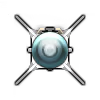 |  | ||||
| 215 kg | 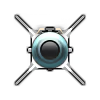 |  | ||||
| 244 kg | 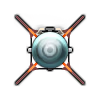 |  | ||||
| 237 kg | 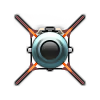 |  | ||||
| 4 × | 456 kg | 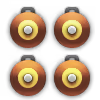 |  |  |  | |
| 227 kg |  |  |  |  | ||
| 508.3 kg |  |  | ||||
| 16 × | 110.2 kg |  |  |  |  | |
| 32 × | 225.5 kg | 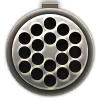 |  | |||
| 20 × | 376 kg |  |  | |||
| 235 kg | 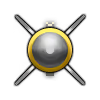 |  |  |  | ||
| 289 kg | 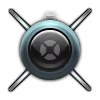 |  | ||||
| 94.3 kg | 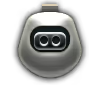 |  | ||||
| 2 × | 88 kg |  |  | |||
| 374 kg |  |  | ||||
| Drop tank (820 liters.) | 59.6 kg |  | ||||
| 12 × Large caliber countermeasures | 12 kg |  | ||||
| Delta-NG targeting pod | 20 kg |  | ||||







 2 x (105 / 320 / 600) %
2 x (105 / 320 / 600) % 
 2 x 250 %
2 x 250 % 

Flight performance | |
|---|---|
Survivability |
|---|
Weaponry | |||
|---|---|---|---|